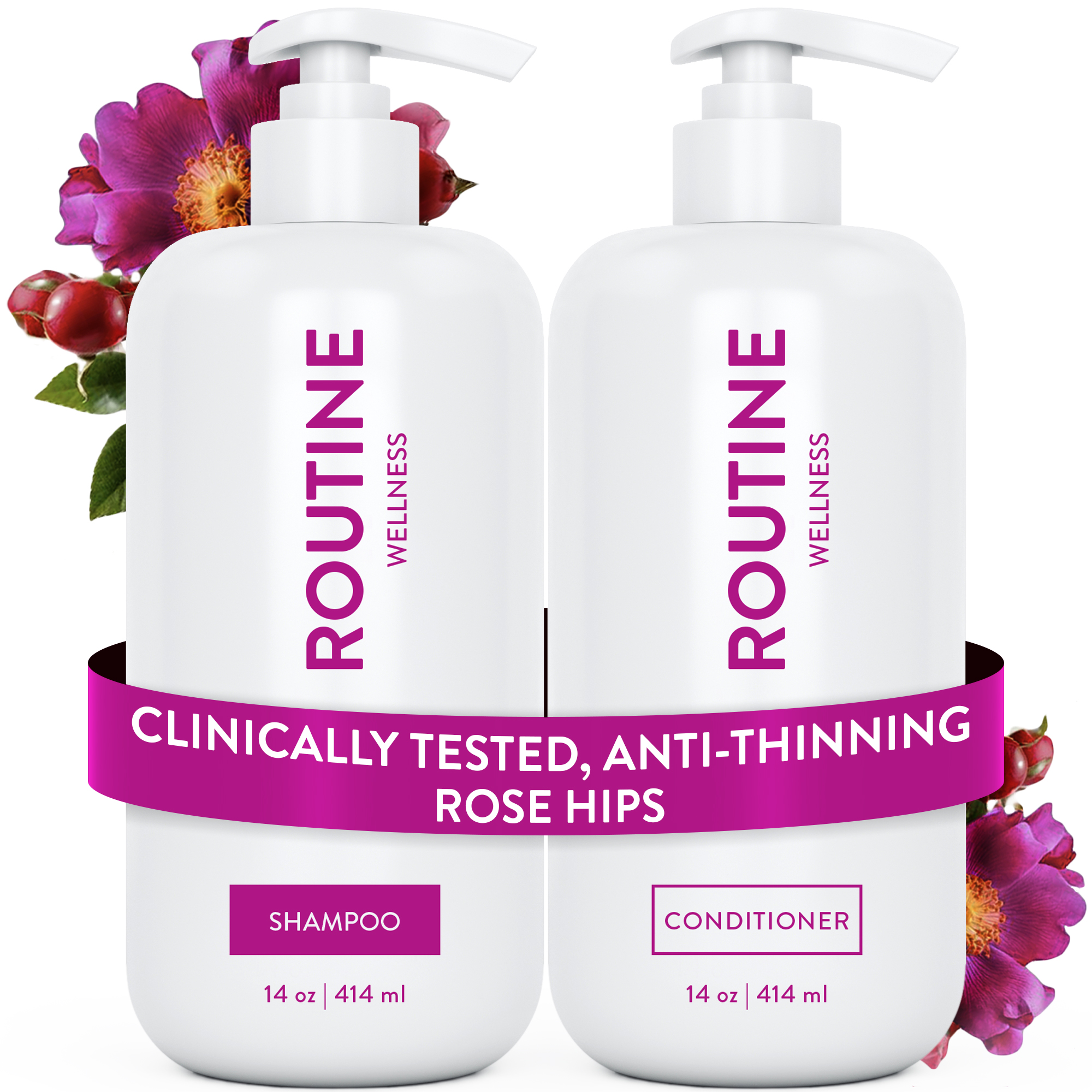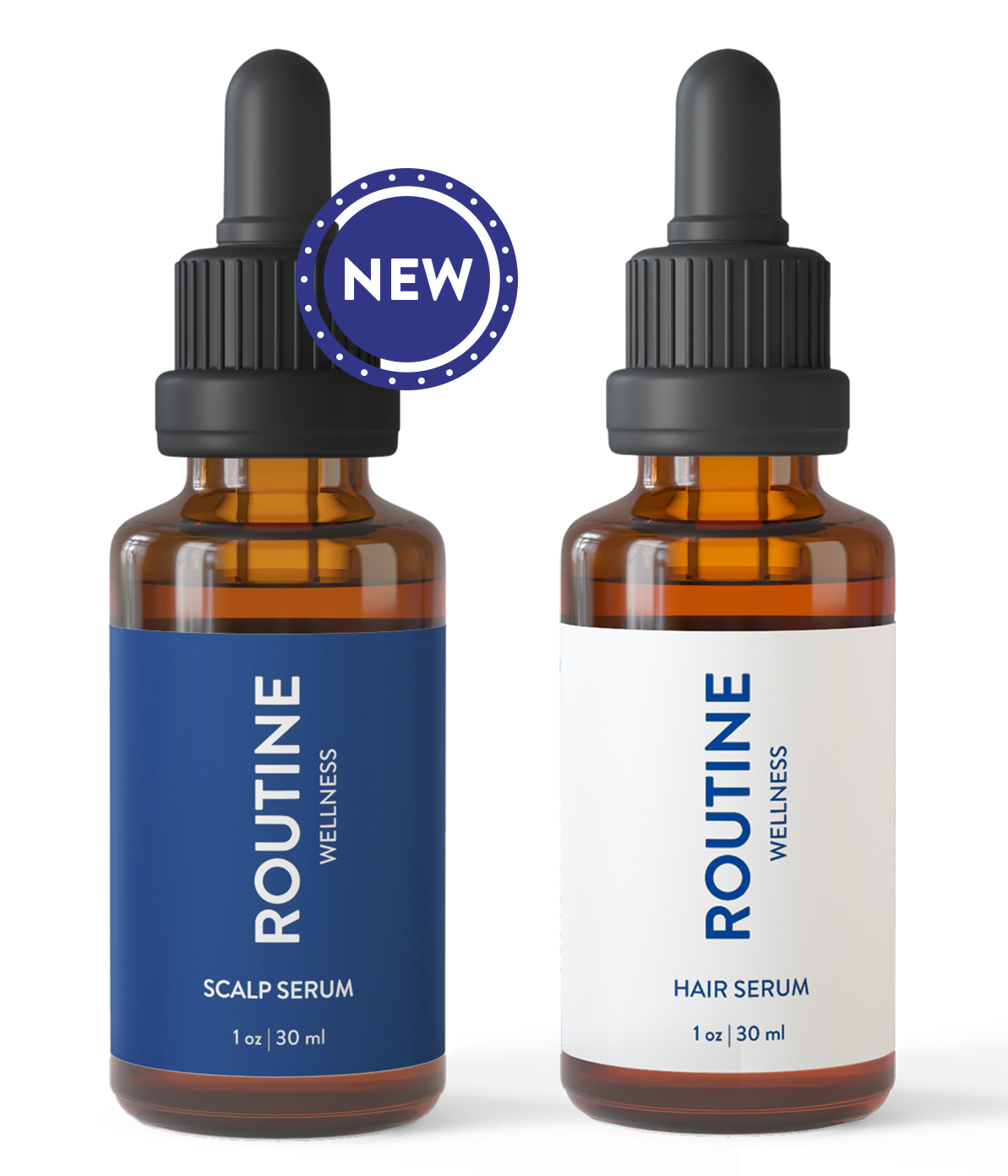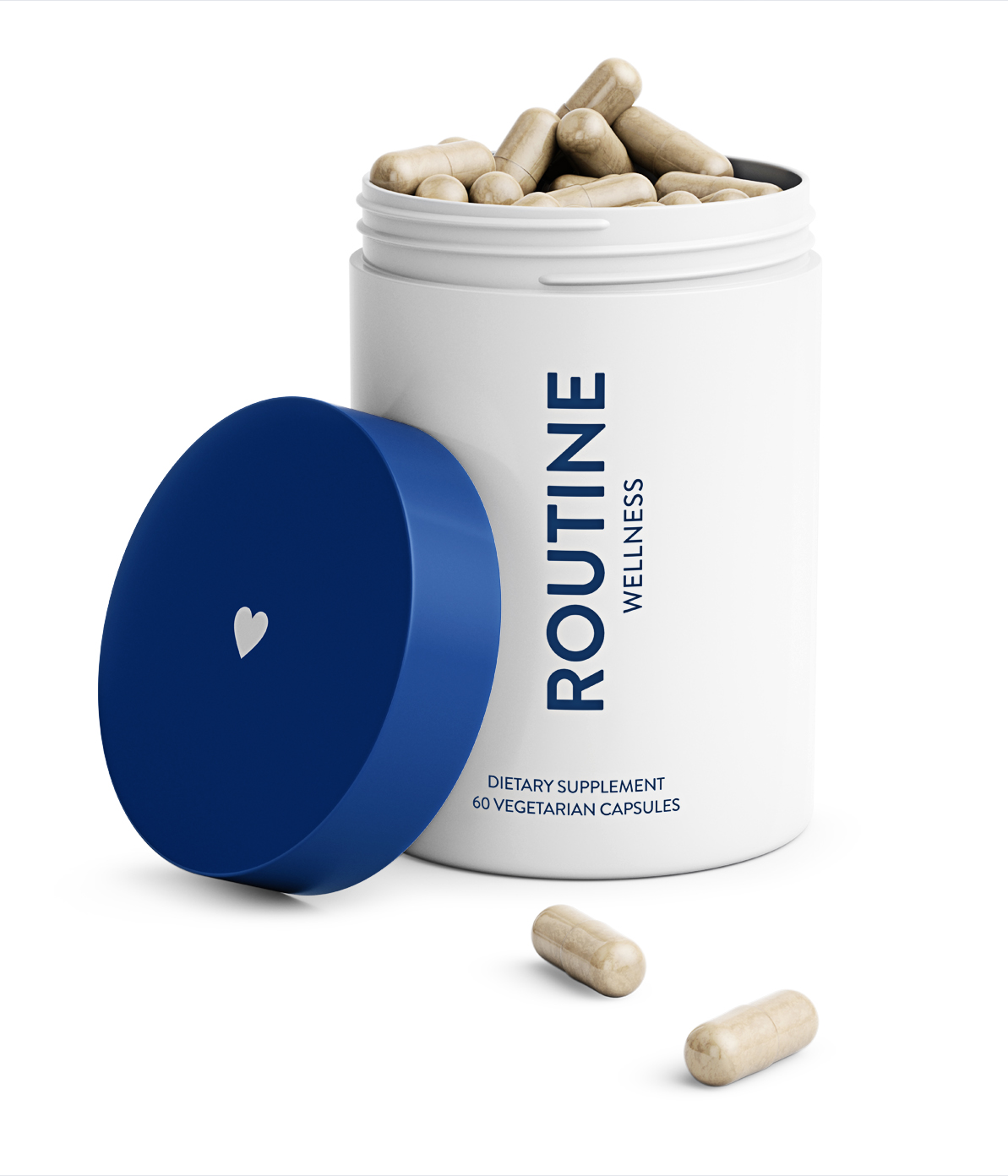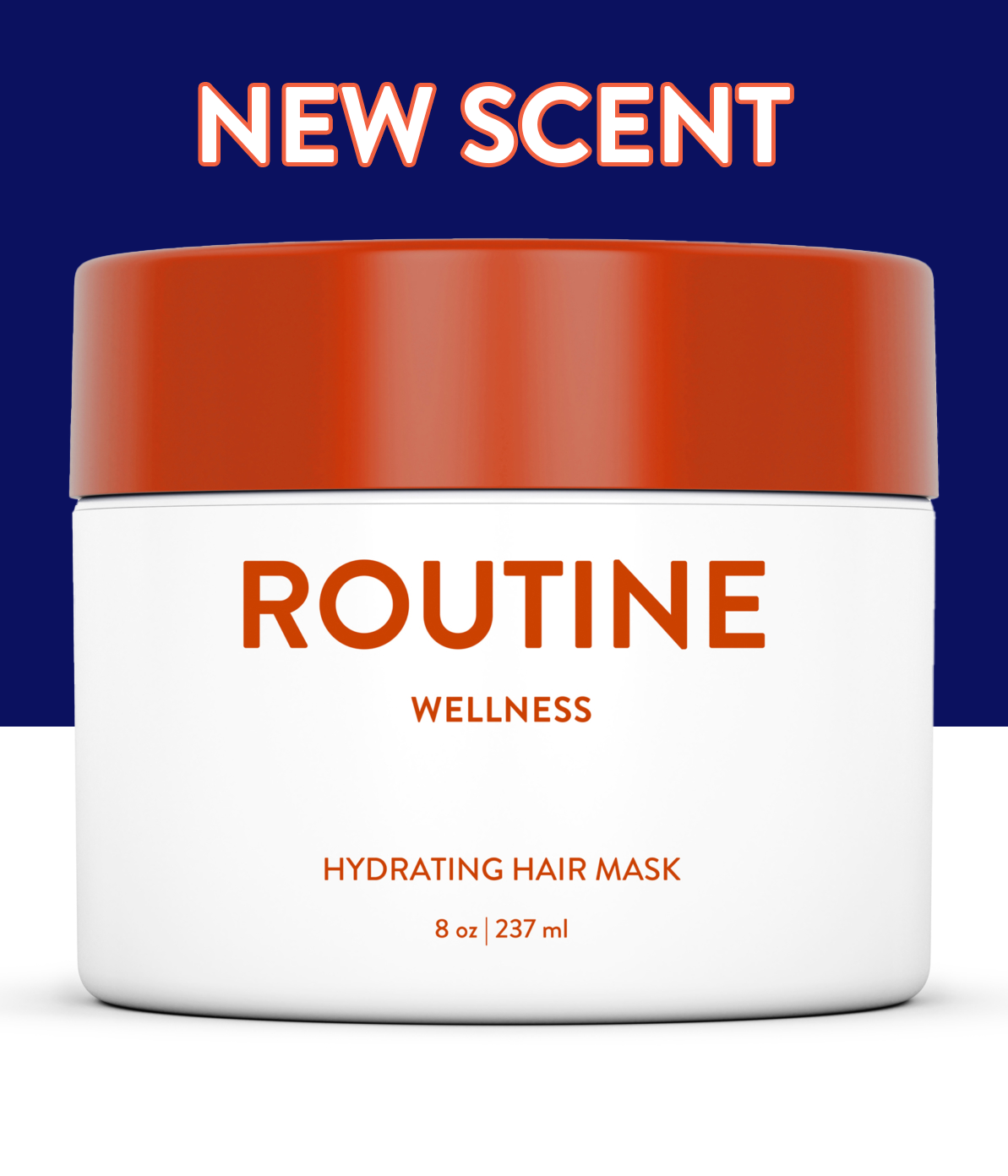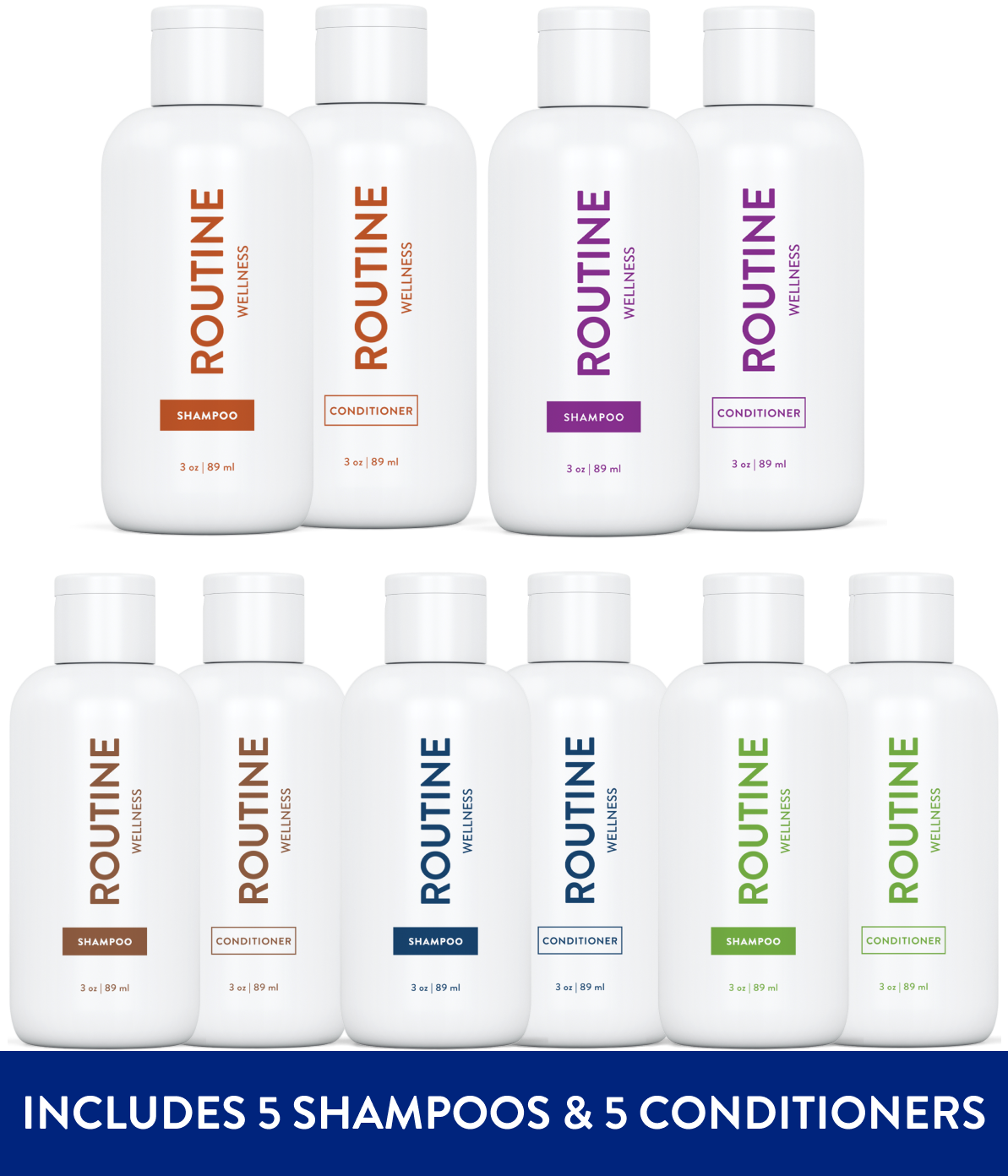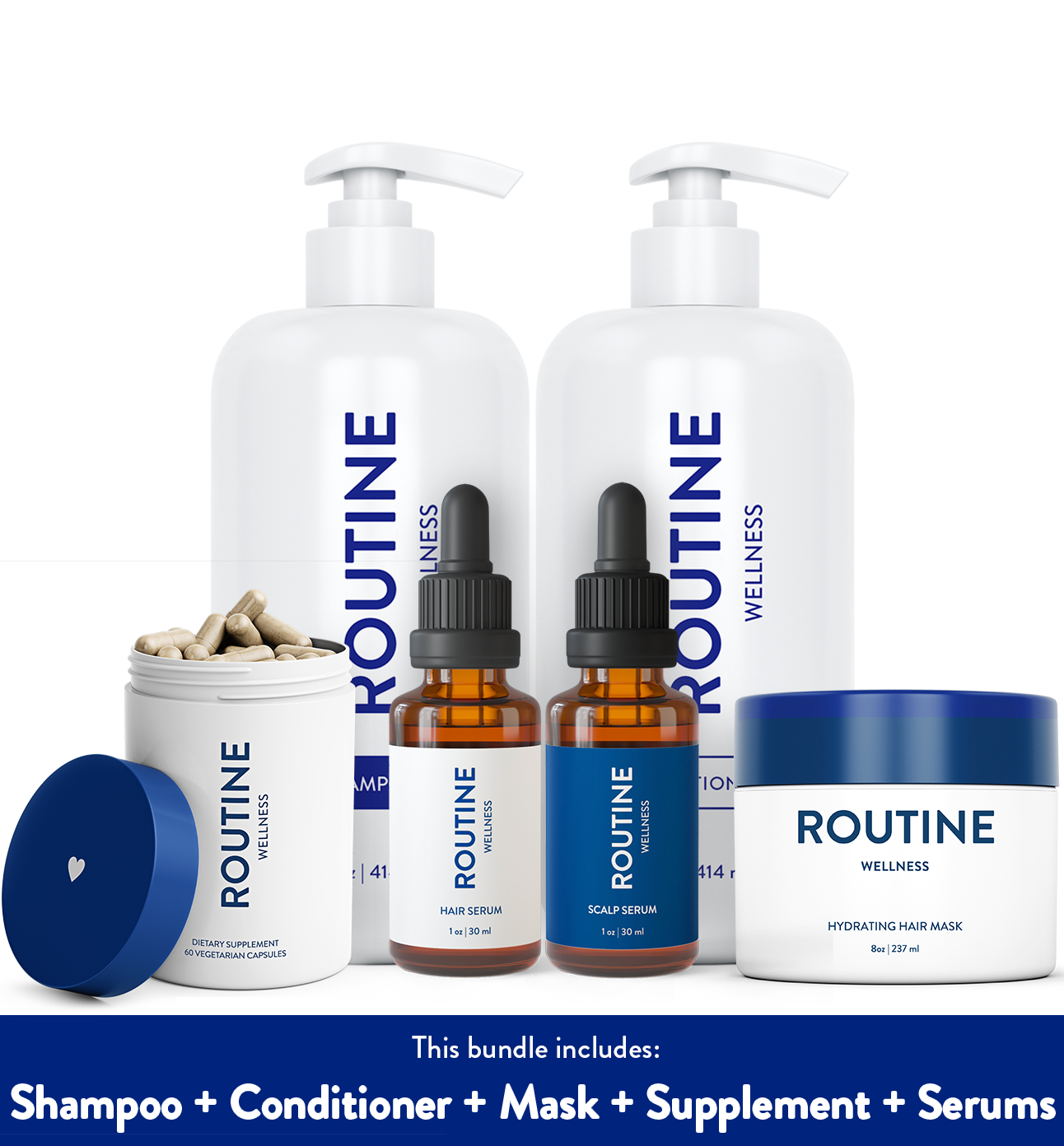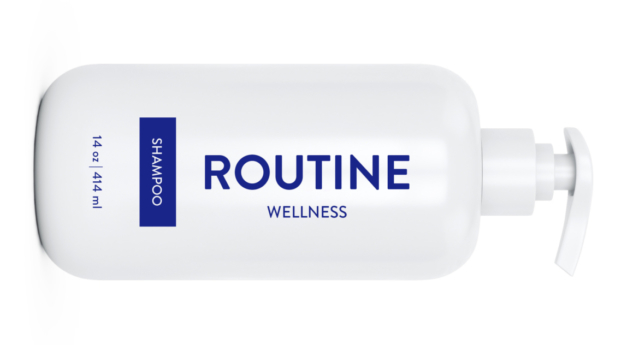
THE CASE FOR PEA PEPTIDES
WHAT ARE PEA PEPTIDES
Peptides, like proteins, are chains of amino acids that have been linked together. Unlike proteins however, peptides are short chains – usually no more than fifty amino acids long. Because peptides are smaller and more broken down, peptides may be easier for the body to absorb than proteins.
Pea peptides are chains of amino acids derived from traditional garden peas. Pea peptides have a balanced amino acid profile that consists of 22 amino acids, and unlike many other vegetable-based proteins, pea peptides are rich in lysine. Lysine functions as a vital building block in human biology. Since lysine synthesis does not occur in the body naturally it must be obtained from outside sources, such as pea peptides.
WHY DOES ROUTINE WELLNESS USE PEA PEPTIDES
Pea peptides contain high levels of amino acids such as glutamic acid, aspartic acid, arginine, and lysine, all of which are critical to healthy hair. For instance, arginine helps hair maintain its moisture and pliability, thus reducing brittleness and breakage caused by dry and damaged hair.
In addition, pea peptides allow for tiny particles of amino acids to bond to the hair, linking together to form a protective structure that prevents cuticle cracking and damage. This protective shield also helps minimize damage from extreme heat caused by hair dryers and irons.
Finally, lysine within pea peptides may help stimulate and strengthen follicle stem cells, improving hair strength and volume.
That’s why we use pea peptides in every bottle of Routine Wellness Shampoo and Routine Wellness Conditioner.
THE SCIENCE
Studies have been conducted on the effect of vegetable-based keratin that includes arginine on both Caucasian and African-American hair. On triple-bleached Caucasian hair, participants found up to an 18% increase in hair elasticity and 21% increase in strength, as compared to those that didn’t use the keratin. African American women also experienced an increase in elasticity and strength.
After 4 applications, volunteers reported less frizz and increased shine and manageability, with easier styling.
REFERENCES
Alonso, L. & Fuchs, E. (2006) The hair cycle, Journal of Cell Science, issue 119, (pp. 391-393).
Arginine Derived Nitric Oxide: Key to Healthy Skin, Bioactive Dietary Factors and Plant Extracts in Dermatology (pp. 73-82).

